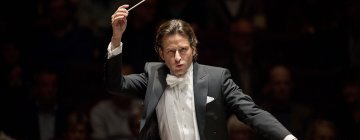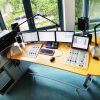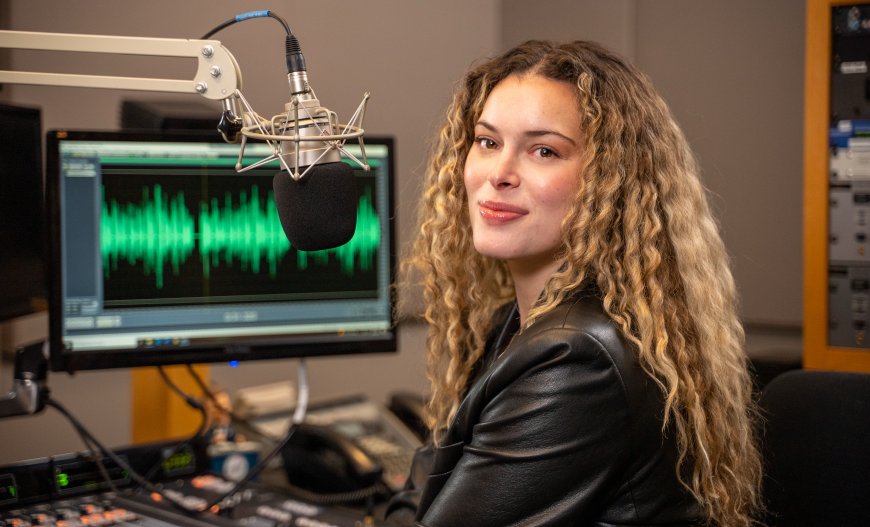
“It’s not enough for Classical California to be successful. It’s really about advancing this art form,” said James A. Muhammad, president of Classical California. That’s the brand under which radio stations KUSC in Los Angeles and KDFC in San Francisco have been operating for the past few years. Muhammad’s goal is expanding support for the living tradition of classical music, and to that end, on June 30, the two stations will launch their final unification.
The merger began some 14 years ago, when the University of Southern California and KUSC acquired KDFC. But the stations remained mostly independent at first, with just a shared membership department. Today, you can hear largely the same programming from KUSC and KDFC, from Palm Springs up to Ukiah and Lakeport, albeit with different crews of announcers. Some hosts, like Dianne Nicolini and Lara Downes, do currently appear on both stations regularly.
So don’t worry. The new unified Classical California station will feature the same programming, and all the hosts will now be heard throughout the company’s broadcasting range. Beyond a schedule change and shortened on-air shifts for staff, audiences won’t feel the boat rocking all that much.
Longtime host Nicolini is looking forward to the change. “I think it will feel very natural for both us and the listeners,” she said.
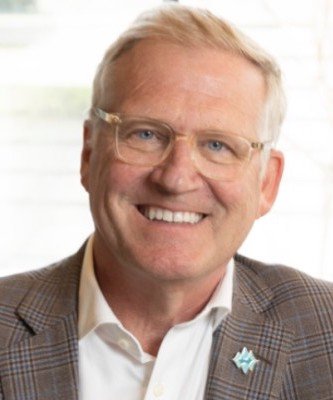
This final push to streamline KUSC and KDFC under one banner is aimed at easier access for audiences. Bill Lueth, president of Classical California-S.F., explained that a single name “affords us the ability to market and be more memorable to a broader audience” — more than individual sets of call letters.
On its own, KUSC is the largest, most listened-to classical public radio station in the U.S. For its part, KDFC put a new high score on the board last year: 288,000 weekly listeners — and that’s not including the station’s considerable online audience. Uniting the only two full-time listener-supported classical stations in California is expected to broaden the reach of their radio service.
Lueth believes that if the stations’ respective goals were contained within the local scenes of Los Angeles and San Francisco, they probably wouldn’t have merged. But reaching beyond these two city centers is the objective, and simplified branding will aid in the expansion.
Working with the Association of California Symphony Orchestras, Classical California is developing relationships with ensembles outside of L.A. and the Bay Area in order to provide free educational events in the vein of the Discovery Days that KUSC and KDFC have previously organized. Lueth said that through these burgeoning partnerships, he also sees the potential to promote musicians and ensembles in communities that have local arts scenes but not radio stations. “We’re hoping to fill that void and celebrate the arts across the state,” he said.
For a sense of the outreach Classical California cultivates off-air, consider a couple of recent offerings. Downes’s “I Believe” initiative has seen the host and pianist partnering with schools in L.A. and the Bay Area to put on concerts featuring music by women and minority composers; students get the chance to respond in writing, reflecting on their beliefs and the role that music plays in their lives. On the lighter end of outreach, last month the Classical California crew had a tent with a beanbag-strewn listening lounge at the ever-popular Los Angeles Times Festival of Books.
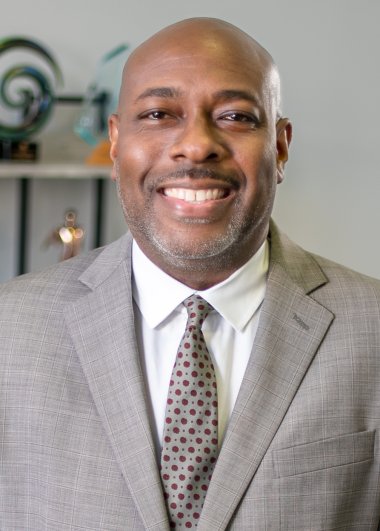
“We are in the service industry,” said Muhammad, explaining how he believes the entertainment and information shared in radio broadcasts are just the start of what Classical California can provide. He’s adamant that efforts like hosting workshops and events for young people have far-reaching effects for classical music. “People are exposed to it,” he said, “making sure that the composers, performers, presenters, and everyone involved with creating this wonderful ecosystem of classical music has the opportunity to thrive.”
That mission may be weighty, but it’s presented with lightness by the hosts. Nicolini, who’s worked in classical radio for more than 40 years, is very at home with the casual tone that is the norm at KUSC and KDFC. When asked what changes she has seen in her time, she replied that there has been “a complete shift from the stuffy, old-fashioned approach to just being normal and saying, ‘Here’s some really great music. I hope you like it.’”
Conveying a certain ease on-air is integral to creating access points for listeners who might like classical music but maybe feel like they don’t know enough about it to truly appreciate it.
“We want to be the most welcoming and engaging place,” Muhammad said. “It’s really important for us to be that safe space to experience and to learn.” He cited Classical California’s current on-demand streams — including the relaxing The Great Escape, as well as newer programs like Arcade, which features video game soundtracks, and Glissando, which is intended for children — as accomplishing this.
Currently, the KUSC and KDFC hosts have five-hour shifts, and once the merger is complete, these will shorten to two hours. When asked about this change, Nicolini replied brightly, “That’s a lot of Dianne, five hours. I think we can shave that down.”
Having been in front of the microphone for many years, she knows that it’s the combination of a friendly host and the careful efforts of the programming team that sustains the radio audience. The sheer size of Classical California’s listenership is remarkable in the face of algorithmic streams and the wide array of music available only a few clicks away.
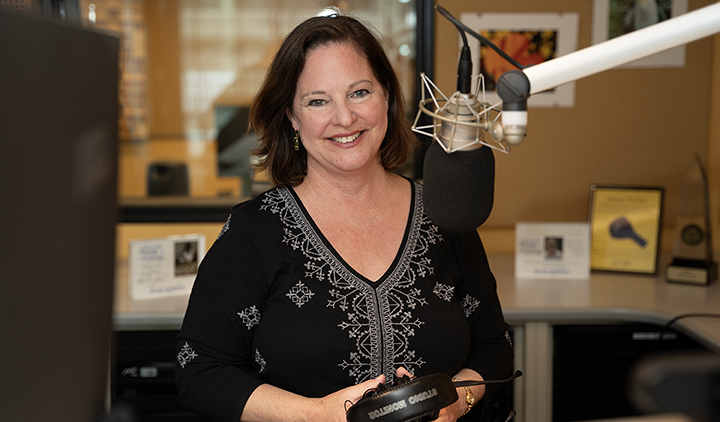
The human elements seem to make all the difference, Nicolini said. “I do think that our listeners recognize [this difference, and they] will often use the term ‘companionship’ — that they feel like they’re hanging out with whoever is on the air.”
Nicolini has noticed that while the “classical top 40” has stayed consistent over the decades, there has been a freshening of the playlists and specifically a push to highlight diversity in recent years, a movement that took off in earnest during the COVID-19 pandemic. It’s a change in direction that makes her proud. She sees classical radio’s mission as keeping the art form “vibrant and relevant because we believe in it and it’s lasted this long and it’s going to continue into the future.”
Classical California’s mission statement — “to make life more harmonious” — is front of mind for everyone involved. As Lueth put it, “We can keep this music in these people’s lives all the time, whether they want to get really engaged and learn about classical music or [whether] they just need the music to help settle their minds and [deal with] the stress of the day and provide the calm in the chaos that we’re having.”
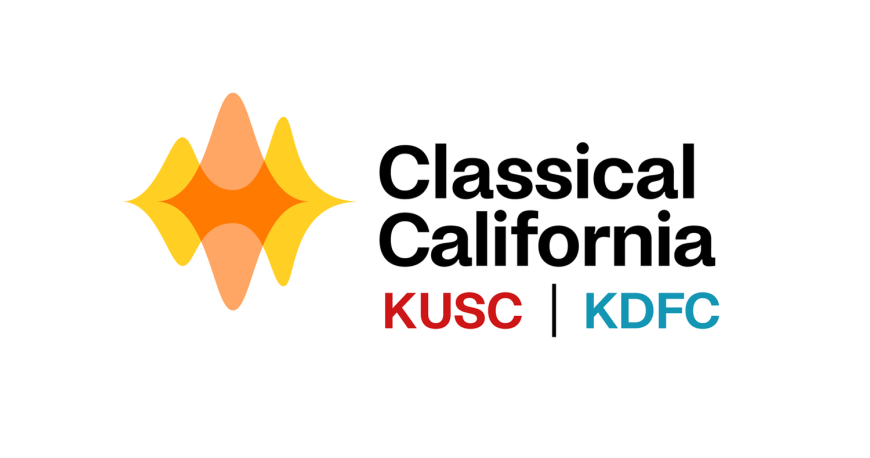
Muhammad added, “We recognize that we meet some people at their highest points, and we meet some at their lowest points. We don’t know what state they could be in when they tune us in.” During the recent devastating fires in L.A., the San Francisco hosts swooped in to pick up the slack for their Southern California colleagues. Muhammad, Nicolini, and Lueth all spoke with pride about what they could do for people who were just looking for some normalcy and comfort during that time.
Against all odds, it’s clear that classical radio isn’t going anywhere. “And that’s good news for me!” laughed Nicolini. “It looks like I’ll have a job moving forward.” For Classical California, June 30 will bring another small step to making a very large difference.
